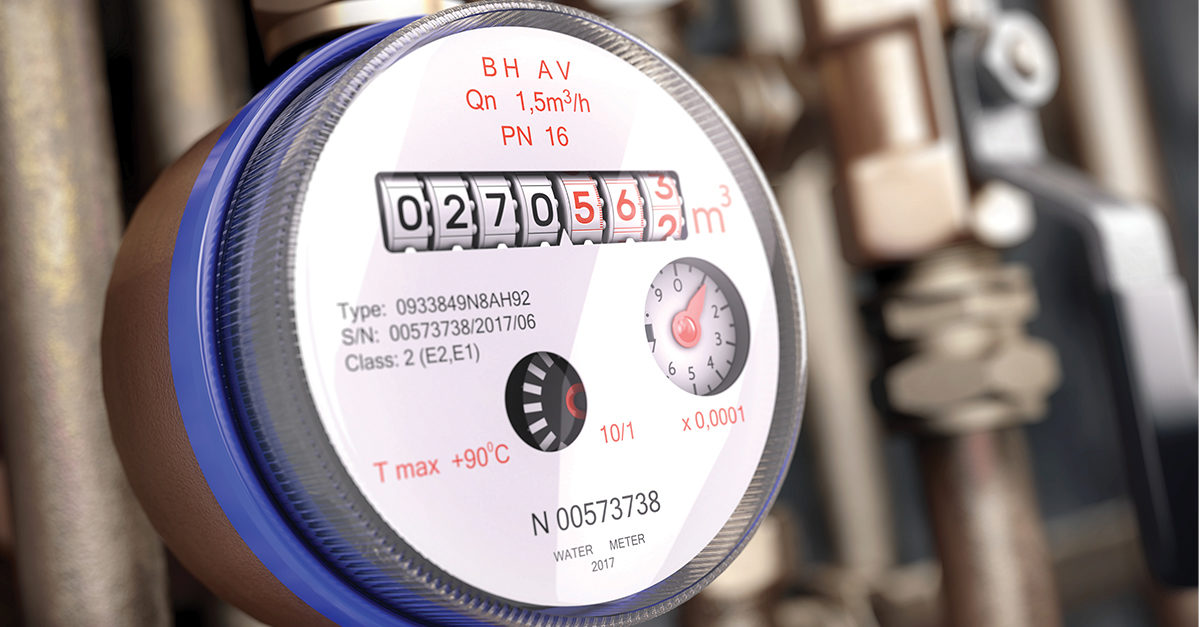On September 10, 2017, The Seattle Times published an article discussing a proposed water rate hike amounting to a 5.5 percent increase annually through 2023. According to the article, many residential consumers would be paying up to US$250 per month more than they do today for water and sewer charges.
Similar rate increases are planned for various commercial facilities in the city, including office buildings, schools, and health care facilities. The reasons for the increases include:
- Replacement of aging pipes
- Repair of leaks spilling sewage into nearby waterways
- Implementation of measures to address water shortages in the future.
This last reason is critical. Even though it typically receives more rainfall than most American cities, Seattle has experienced “snowpack drought” in recent years caused by less than normal snowfall. In many parts of the country, melting snow provides drinking water throughout the year.
Cities and states throughout the country are facing similar water issues. Many not only have infrastructure issues, they simply do not have enough water to meet their needs. As a result, water and sewer rates are escalating throughout the country.
The steps below will help facility managers keep rate increases in check by reducing their facility’s water use in the long term. Each step has between one and five $ signs, with five indicating the costliest initiatives.
Step 1: Conduct a Water Audit
A water audit will show exactly where water is used throughout the facility. It is one of the best ways to locate leaks and areas where water reducing strategies, such as the installation of aerators, are possible. If done in-house, there are no additional costs for this service. If handled by an engineering company, there will be a cost. $
Step 2: Establish a Baseline
In many facilities, the water bill comes in, a check goes out, and no one looks at the bill again. Facility managers can collect and monitor water bills to create a baseline, so they know how much water the facility is using monthly and its cost. A baseline is a useful tool to check the progress of a water efficiency program and to look for water spikes, which often indicate a leak. This should not incur additional costs.
Step 3: Adjust Water Pressure
Many commercial facilities install water booster pumps to overcome the loss of water pressure, for instance on the higher floors of a building. However, this higher pressure can lead to water flow rates exceeding the capacity of water fixtures, resulting in excess water going down the drain. Pressure reducing valves not only lessen the pressure, they can help prevent ruptured pipes or damage to water fixtures. $$$
Step 4: Insulate Plumbing
Insulate all water pipes and water storage systems. Cold pipes will cool hot water as it travels through the system. It’s not until the warm water heats the pipes that hot water makes it to where it is needed. $$ to $$$
Step 5: Install Rain Sensors
Whenever we see lawn sprinklers running during a rainfall, the first thought many of us have is “how wasteful.” This is easily preventable with the installation of rain sensors. $
Step 6: Install Submeters
Submeters help facility managers monitor where water is used in the building so they can easily pinpoint a water spike. These meters also help reduce utility charges when attached to the landscaping irrigation system. Water utility companies charge for water that is both delivered and taken away from a facility. However, the submeter prevents utilities from charging for water taken away from irrigation, which seeps into the ground instead of going down a drain. $$
Step 7: Educate Water Users
Facility managers often forget one step that can make a big impact on efficient water use—education. Managers can educate their employees using the following methods:
- Regularly discuss water saving initiatives with building users.
- Encourage building users to suggest water saving ideas.
- Share regular reports about water use in the facility, so everyone knows the successful progress of the water efficiency program.
- Congratulate water champions—offices or locations in the facility that have been proactive in reducing water consumption.
Taking these steps has proven successful in many facilities. Usually, there are no costs related to these actions.
Step 8: Update Restroom Fixtures
In most facilities, more water is used in restrooms than in any other area of the building. Older toilets and urinals use a lot of water. Replacing them with newer systems that use less or no water can be costly. However, with the increase in water costs, the return on investment can be relatively quick. $$$$$




